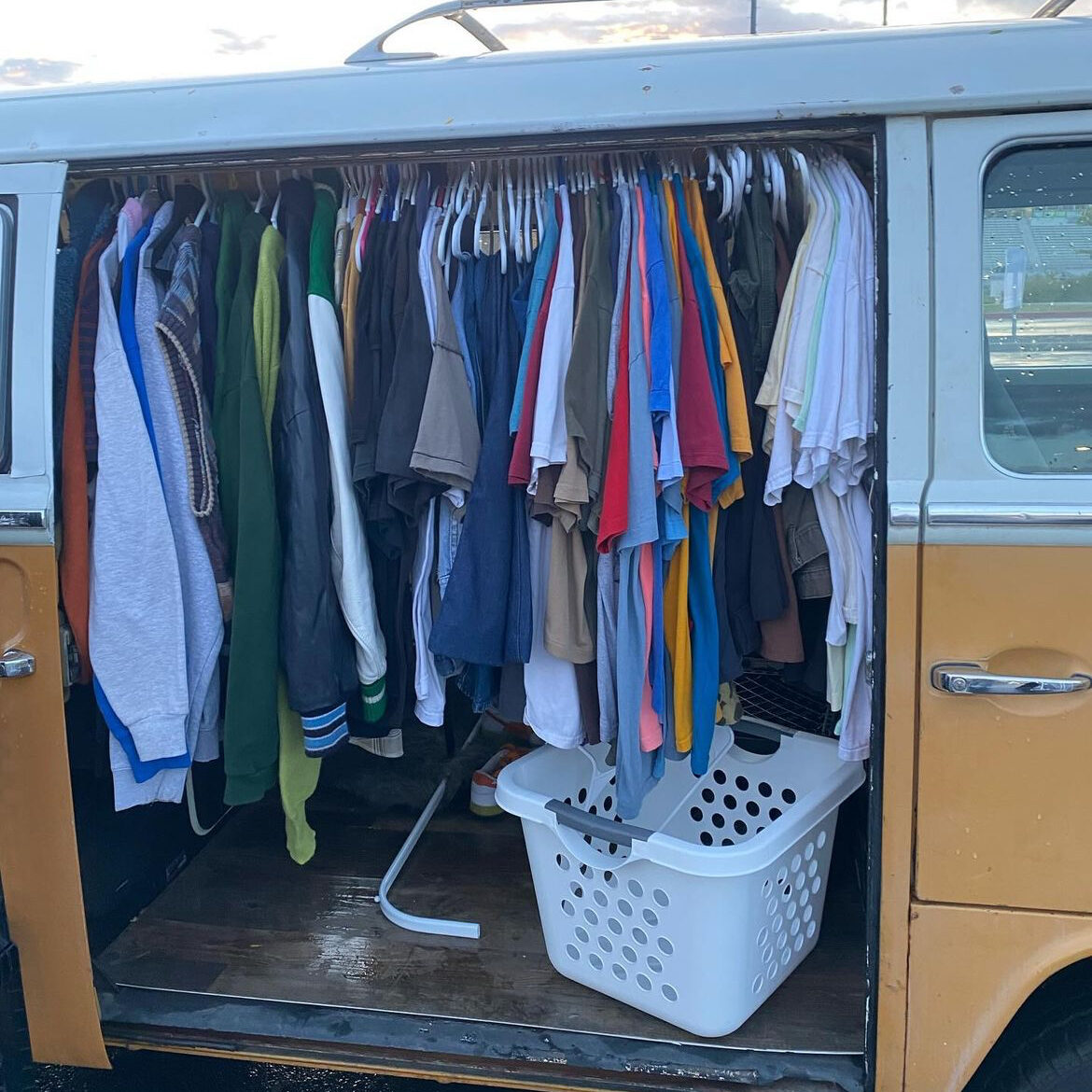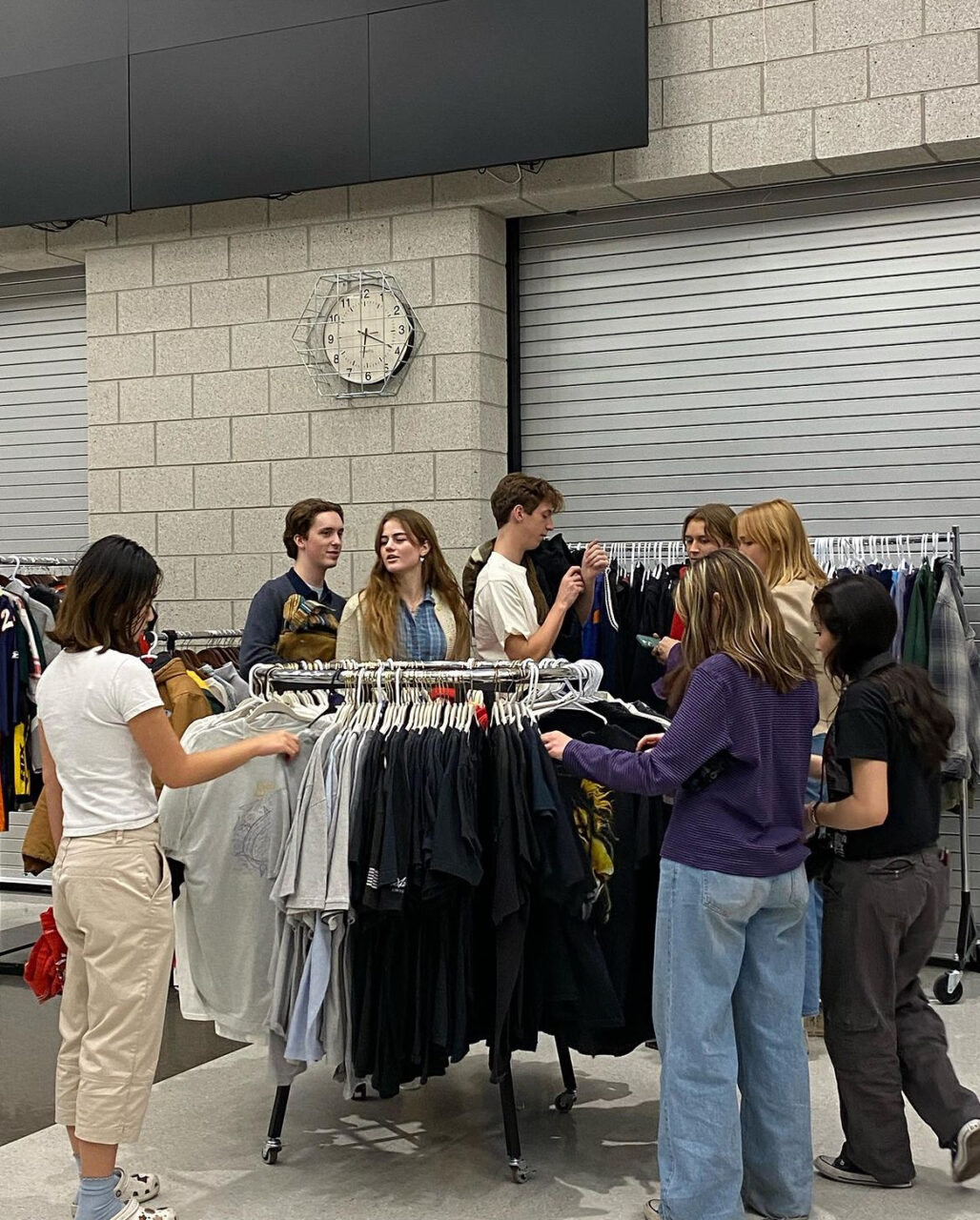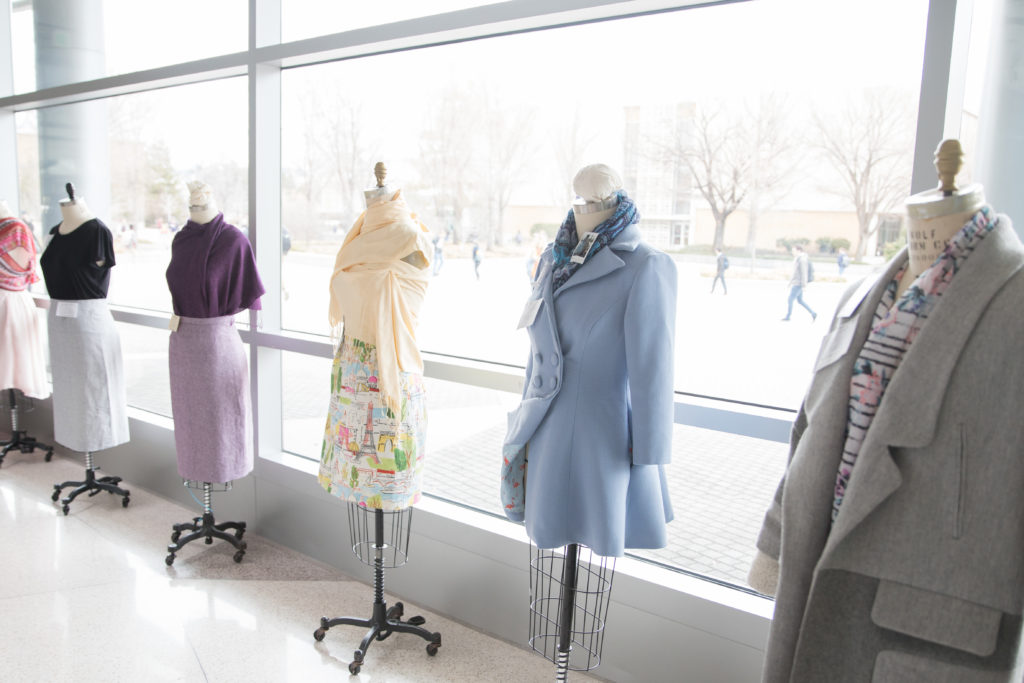
In recent years, the fashion industry has faced increasing scrutiny for its negative impact on the environment and abuse of human rights.
In 2023, nearly 4 million garment workers in Bangladesh, the world’s second largest garment and textile exporting country, took to the streets, protesting for higher wages and better working conditions.
As one of the largest importers of apparel in the world, the United States is a significant contributor to the fast fashion industry, said Dawna Baugh, a professor of clothing and textiles at BYU. She explained some of the issues this creates.
“Fast fashion causes a lot of problems for the apparel industry,” she said. “It creates a lot of textile products in our landfill, it takes advantage of low wage countries, so these people have to work for dirt poor wages and conditions.”
Purchasing decisions, often driven by a rapid turnover of trends, effective marketing and social pressure, continue to fuel the industry, Baugh said.
“Consumer decisions definitely have an impact on human rights and environmental issues of the fashion industry … When American consumers are going to buy these really cheap, poorly made clothing items, then they (fast fashion companies) are going to keep trying to supply it,” Baugh said.
Some BYU students said they buy a new piece of clothing every week, primarily shopping online and for sales.
“Girls in my classes are always dressed so cute … I start looking on Pinterest, and I decide I need to get things. I shop a lot of sales, like all the time, I shop online all the time,” BYU student Maggie Jackson from Colorado Springs said.
American consumers have been prioritizing low prices over quality, which often leads to frequent, disposable purchases, Baugh said.
“The problem is, the retail industry has trained consumers to only buy things on sale, and buy things cheaply made, you know, so they can buy them, wear them and, after a while, just get rid of them and move onto something else,” Baugh said.
Ethical fashion trends have focused on raising awareness to the impacts of the fashion industry, pushing sustainable shopping practices such as slow fashion and second-hand shopping.
Milan Venegas, a junior at Provo High, has embraced secondhand fashion. He described thrift shopping as a “win, win situation” because it is a great way to cultivate personal style at a low price, and reduces the demand for new production.

Aiming to promote sustainable fashion within his high school community, Venegas worked with the associated student body to organize a flea market at his high school where students could buy and trade their clothes.
“I saw within my school community, a lot of people shopping fast fashion. And some of the main things people were telling me were that like, ‘thrifting is kind of hard for me,’ … so I had the idea to have a flea market to allow these people and help them shop sustainably, in a sustainable way, and it ended up being an incredible success,” Venegas said.
Another way to shop more sustainably is by embracing the slow fashion movement. This involves looking at clothing as more of an investment and purchasing items that you will wear for longer, Baugh said.
“So some of the trends and ethical fashion, what they are trying to do is get people to invest more in their clothing, kind of like we used to. You buy really classic items, they are well made, good quality fabrics, put together well, and then you wear them for a long time,” Baugh said.
For those who are uncertain about where to find sustainable clothing, the site Good On You provides ratings for numerous popular clothing brands based on their treatment of people, the planet and animals.





